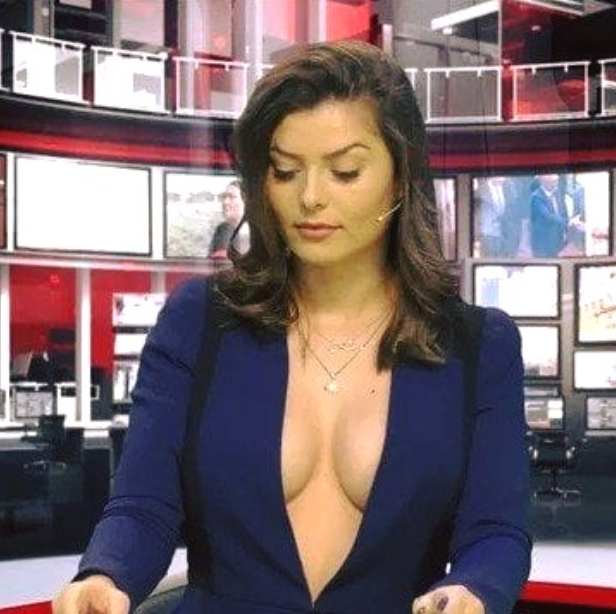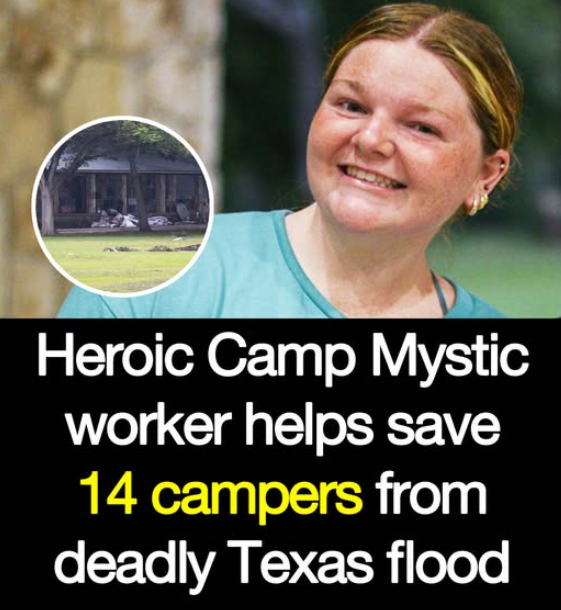A few years ago, Albanian television station Zjarr TV made headlines—and not just for its reporting. The channel’s decision to feature female news anchors dressed in revealing outfits ignited a firestorm of debate that still echoes across the media landscape today.
The unconventional format, which saw anchors delivering news in open jackets without bras, split public opinion. Was it a daring stand against censorship, or a calculated move to exploit controversy for ratings?
Pushing Boundaries or Pushing Buttons?
Introduced in 2016, Zjarr TV’s bold presentation style arrived at a time when global conversations around women’s rights, workplace dignity, and media objectification were gaining momentum. In this context, the network’s decision struck a nerve. While some applauded its defiance of traditional norms, others accused it of undermining the very progress women had fought for.
The station’s founder, Ismet Drishti, defended the approach, calling it symbolic. “In a country where news is often filtered through political interests, we wanted to strip it down—literally—to the truth,” he explained. According to Drishti, the nudity was meant to represent transparency, not titillation.
Enki Bracaj: The Face of a New Format
One of the first anchors to embody this controversial style was Enki Bracaj, a 21-year-old public relations student whose on-air presence quickly turned her into a local celebrity. Bracaj had auditioned for the role with her blouse unbuttoned, a move she later described as a strategic decision to stand out in a competitive industry.
With support from her family, she embraced the role and its accompanying attention. However, her tenure at Zjarr TV was short-lived. After accepting a modeling offer from Playboy, Bracaj parted ways with the station. Officially, she cited dissatisfaction with her salary, though many speculated that her appearance in the adult magazine was the tipping point.
A New Star Emerges
Following Bracaj’s exit, Zjarr TV turned to Greta Hoxhaj, a 24-year-old with years of experience in local broadcasting but little recognition. Adopting the same daring on-screen style, Hoxhaj quickly rose to fame. “This opportunity changed my life,” she said in an interview. “I don’t regret anything.”
Off-screen, Hoxhaj insisted she dressed no differently than any other young woman. But in front of the camera, she embraced the station’s headline-grabbing image, becoming a polarizing figure in the process.
A Divisive Reaction
The public response was swift and intense. Videos of the anchors circulated widely online, garnering hundreds of thousands of views. Some viewers were captivated, while others criticized the station for prioritizing spectacle over substance.
“It’s nothing more than clickbait with a human face,” one critic commented online. Others went further, labeling the tactic “sexist” and “demeaning.” Still, despite the uproar, Albania’s journalist associations and feminist groups remained largely silent, offering little in the way of public statements or protest.
Some media professionals dismissed the outrage altogether. “If people don’t like it, they can change the channel,” said Leonard Olli, a Tirana-based PR expert. But others, like Aleksander Cipa of the Union of Albanian Journalists, voiced concern: “Exposing skin won’t fix the deeper issues plaguing our media.”
Fame, Backlash, and Moving Forward
For Hoxhaj, the attention was largely positive. She said fans regularly stopped her with words of encouragement, gifts, and suggestions for future broadcasts. “The feedback keeps me going,” she said, brushing off the criticism.
Still, the larger question remains: did Zjarr TV challenge outdated norms or reinforce harmful stereotypes? The debate touches on broader issues around gender, representation, and the ever-blurring line between journalism and entertainment.
In a media world constantly evolving, Zjarr TV’s gamble raises difficult—but important—questions about the cost of attention. Is it enough to draw viewers, or should there be limits to how far broadcasters go in pursuit of the spotlight?
What do you think?










